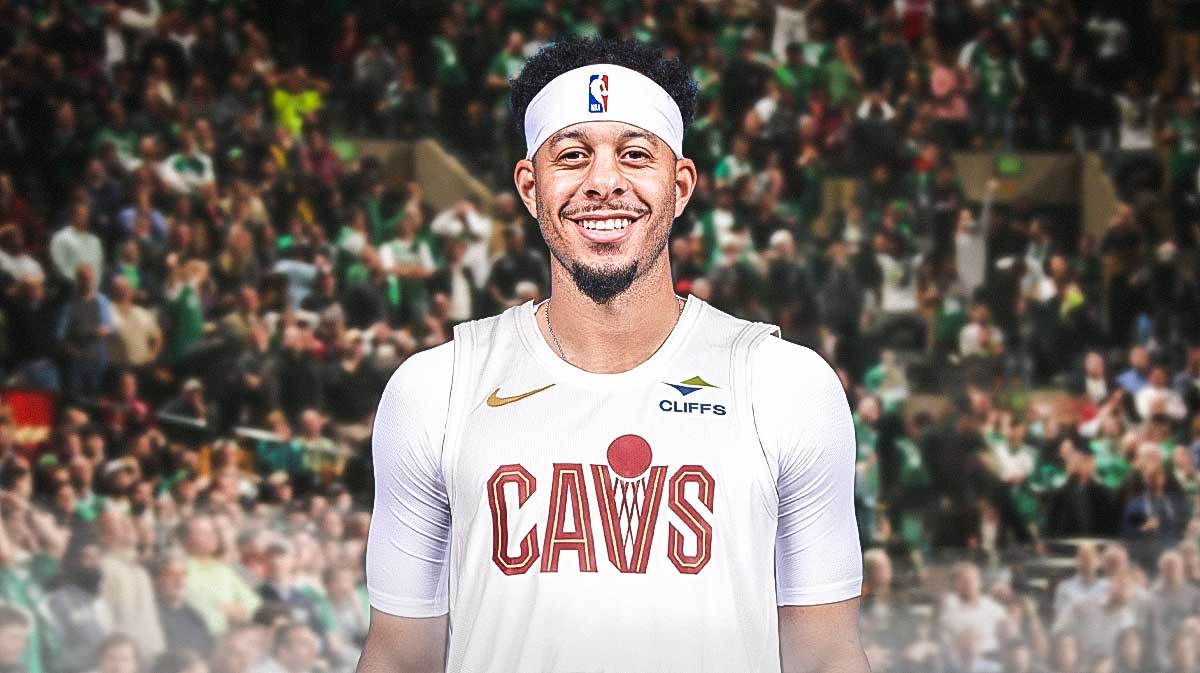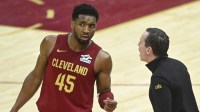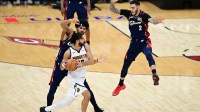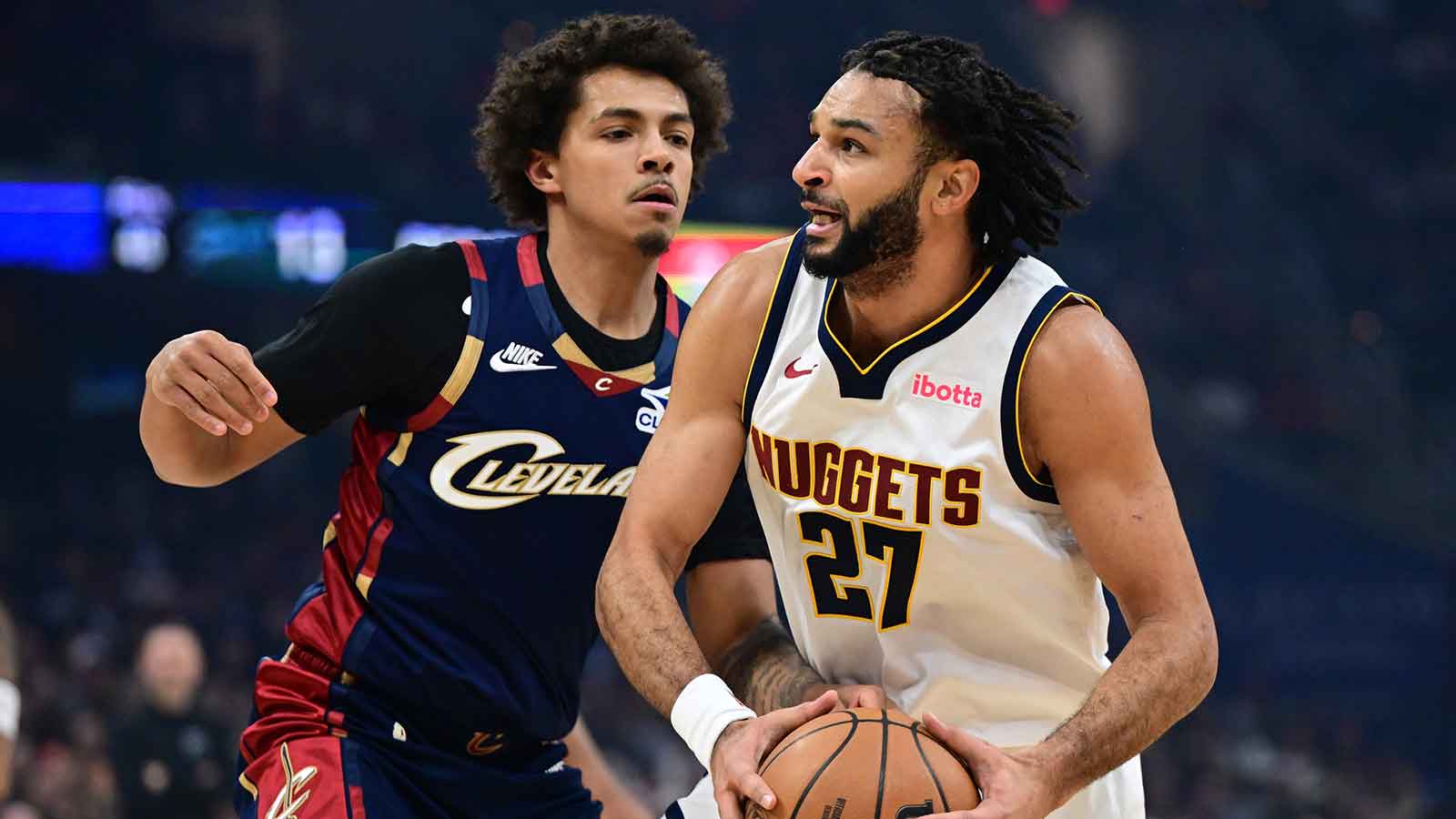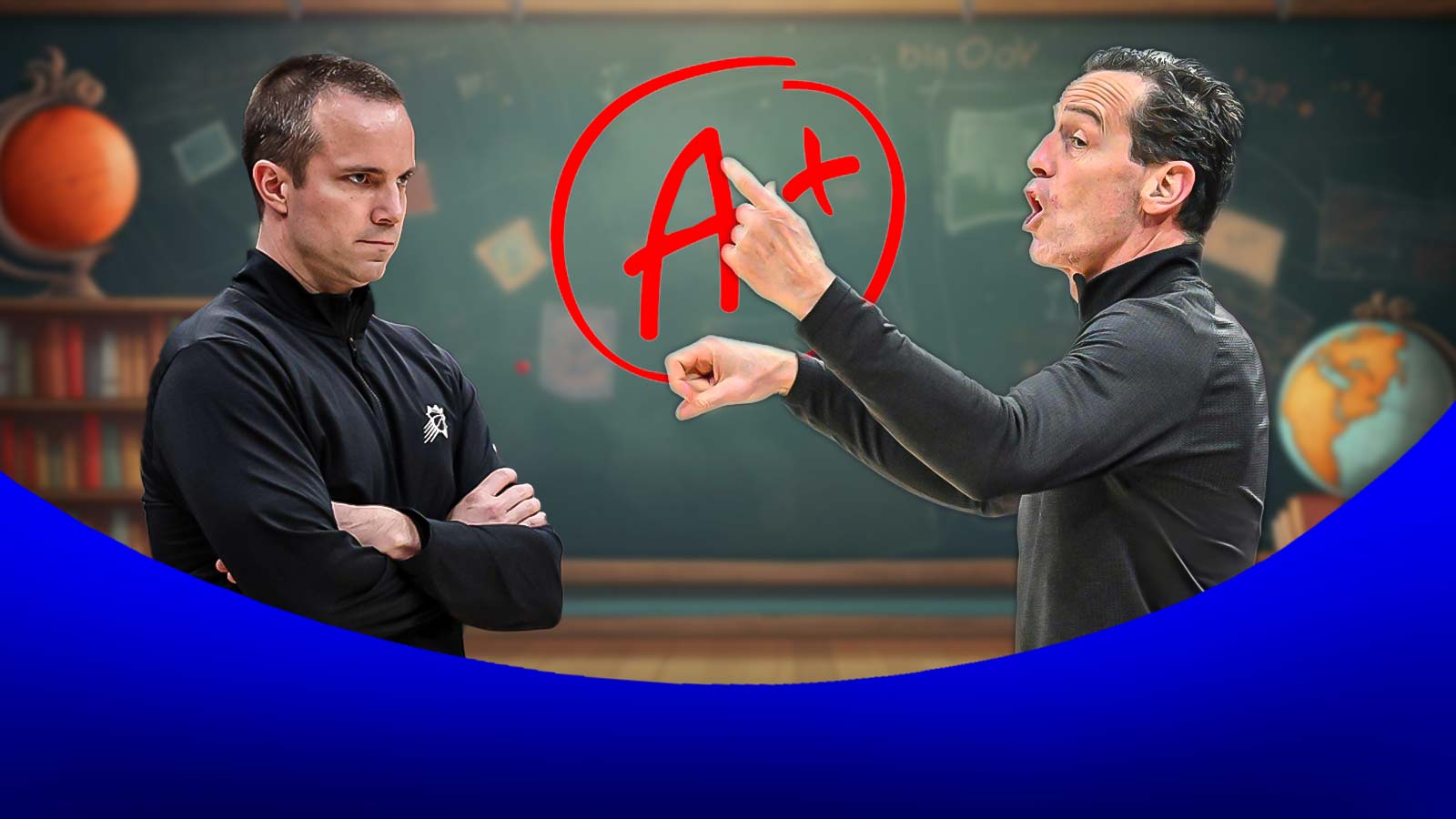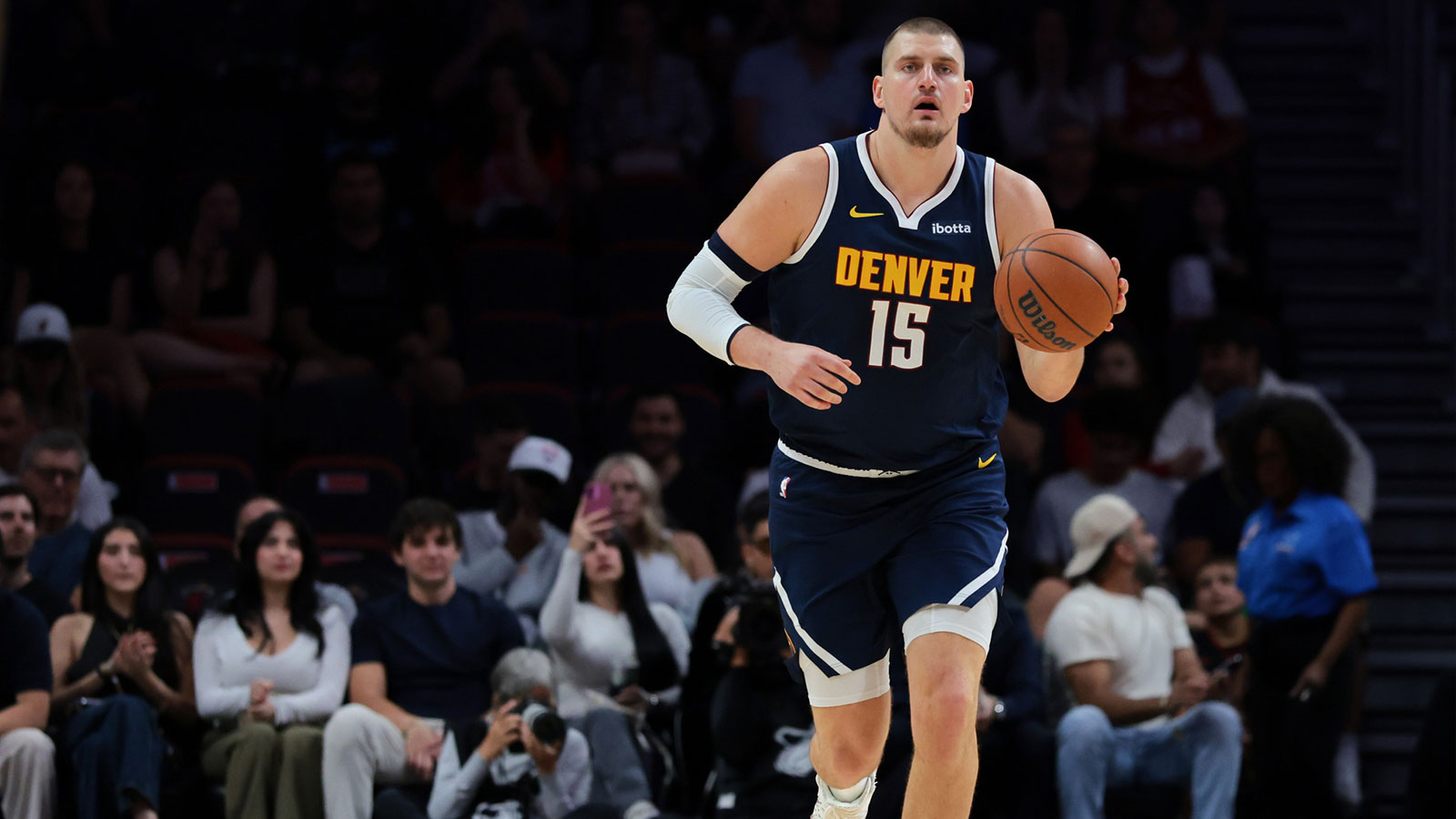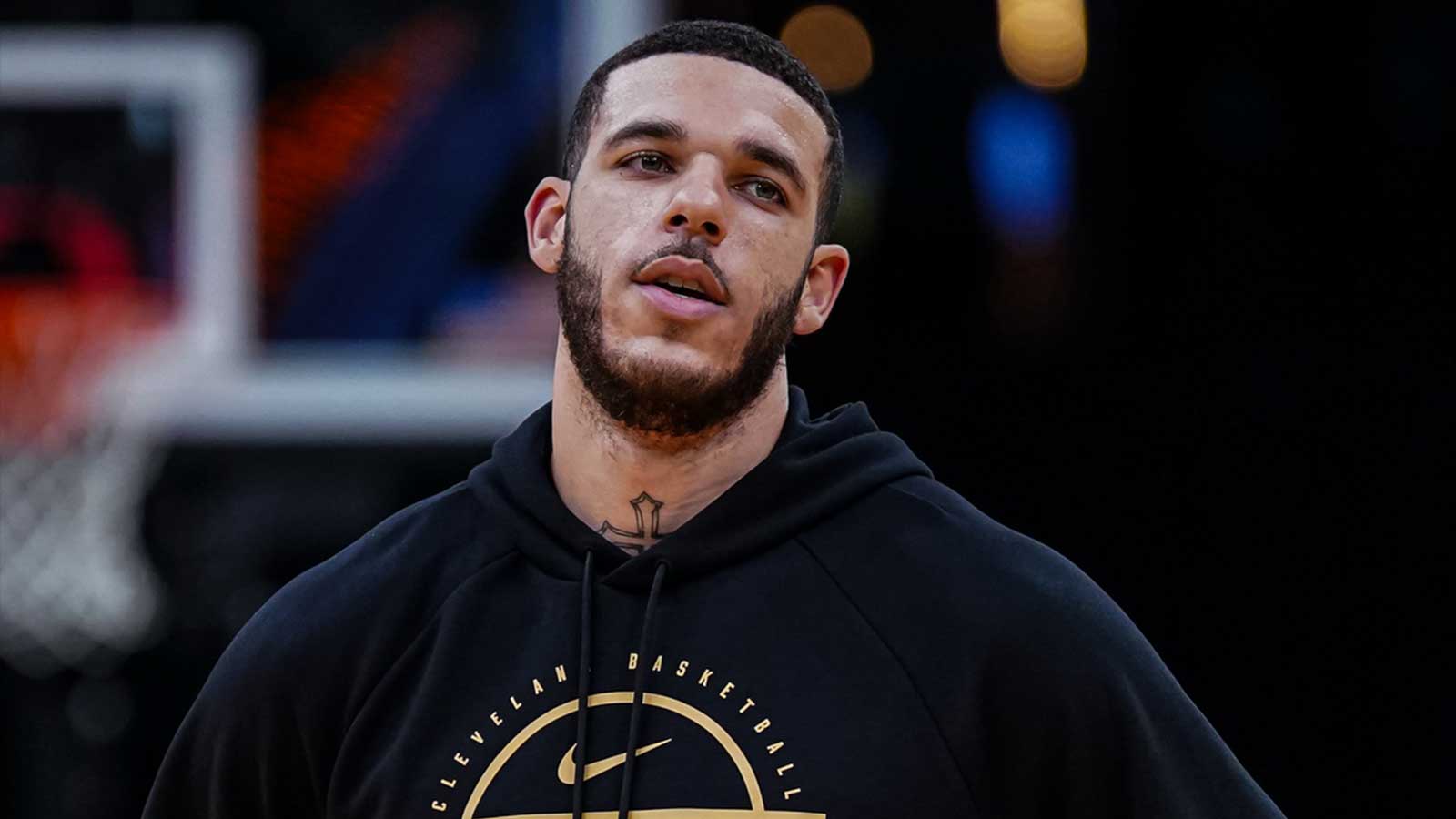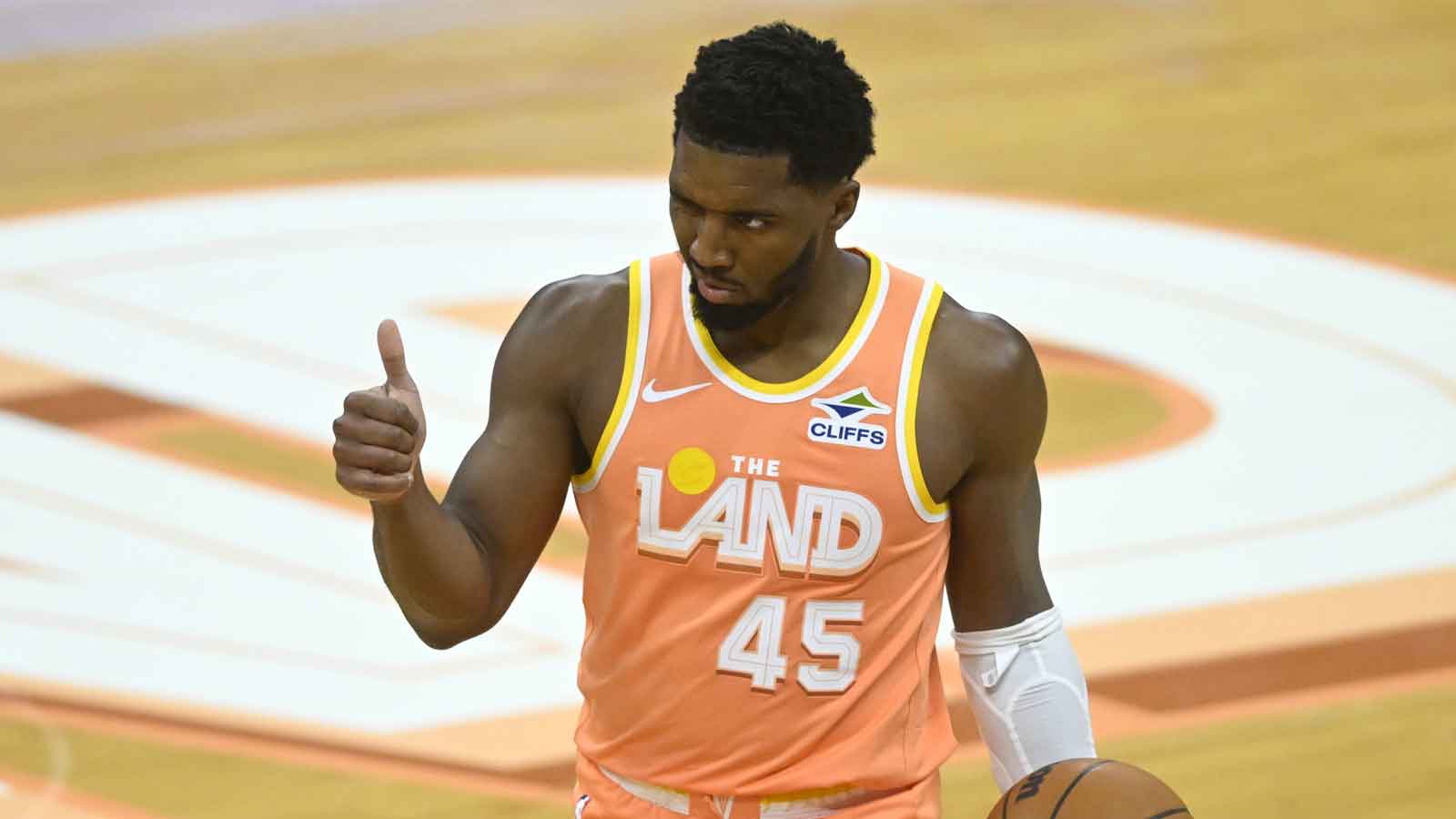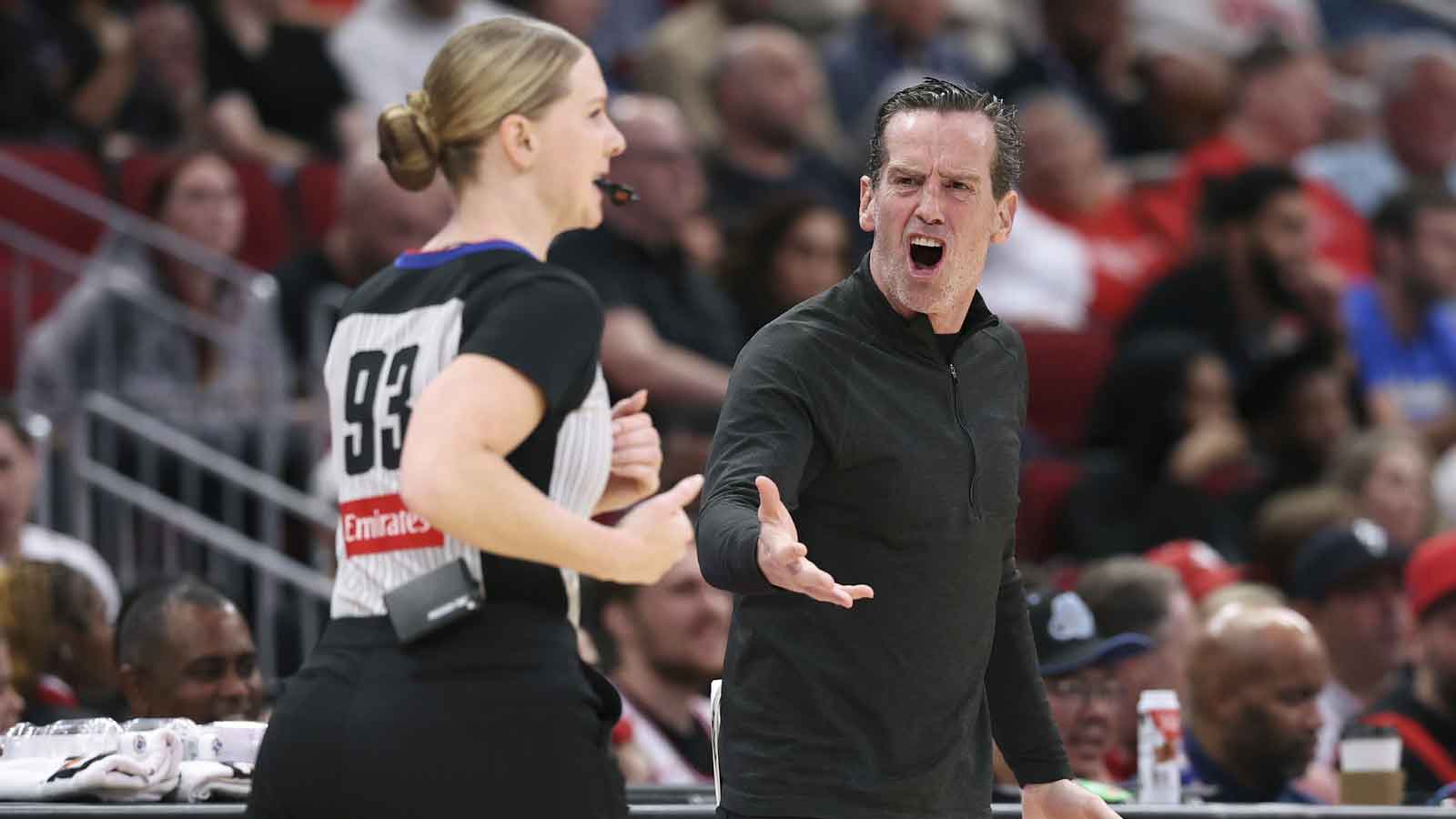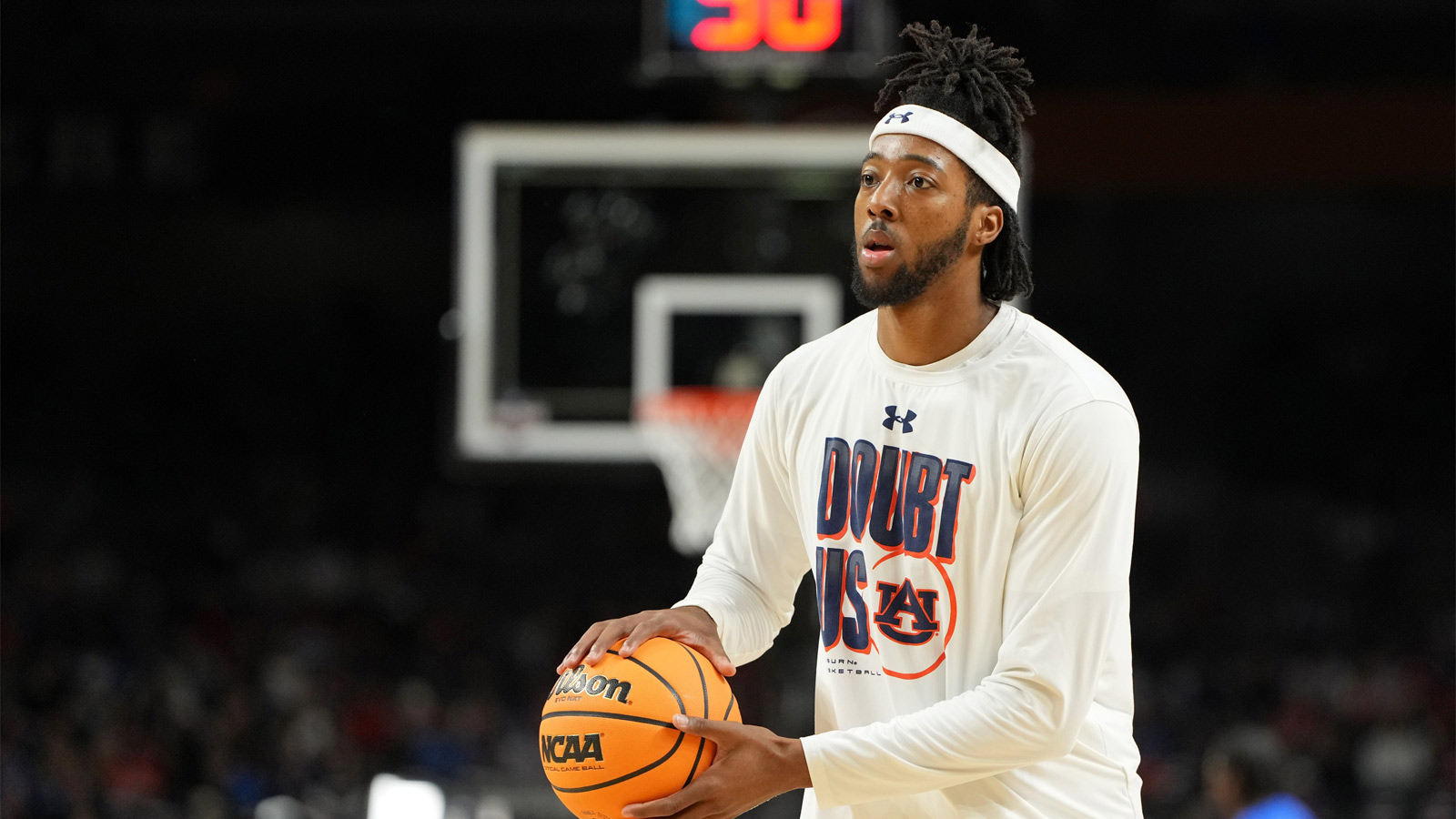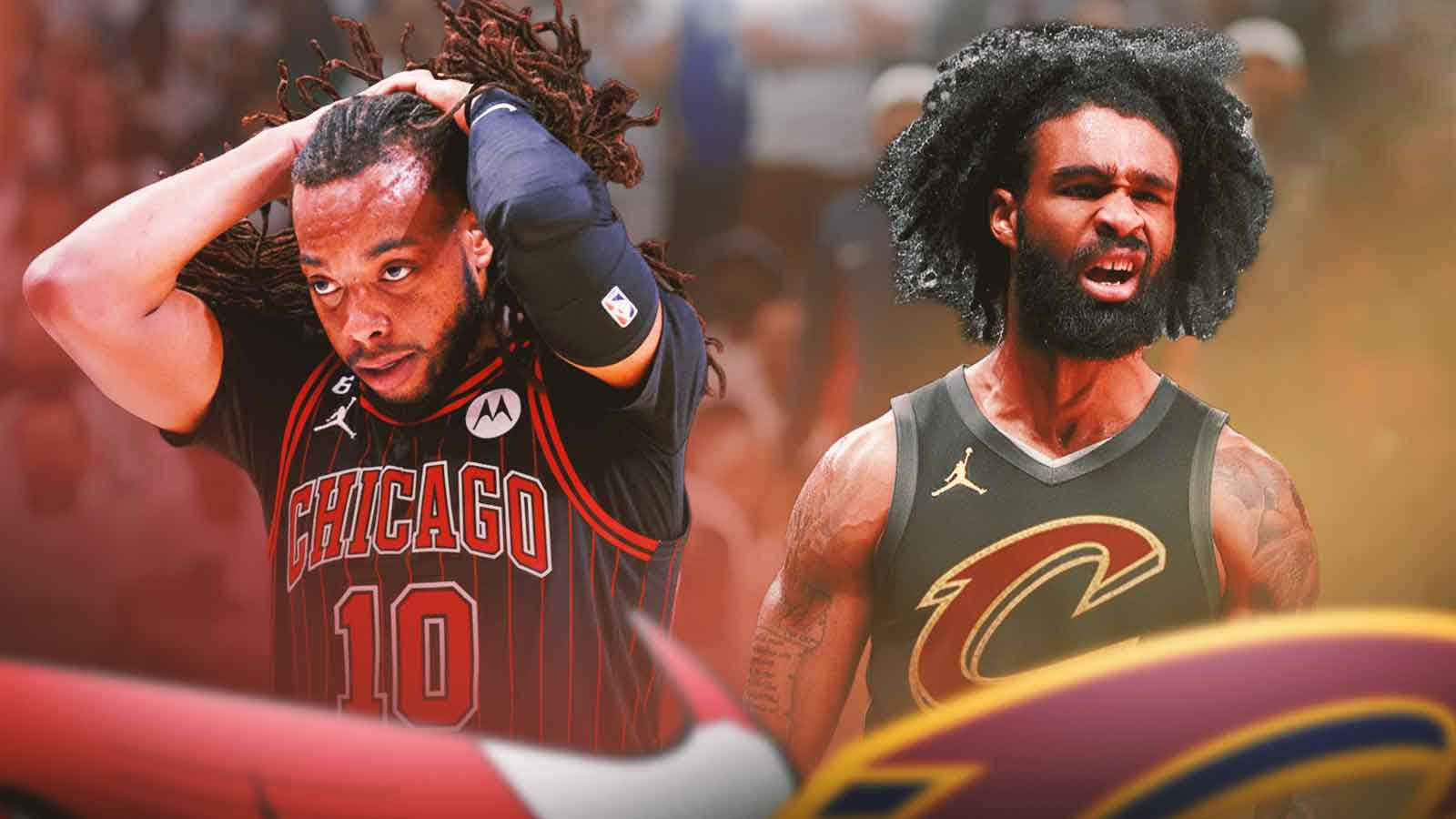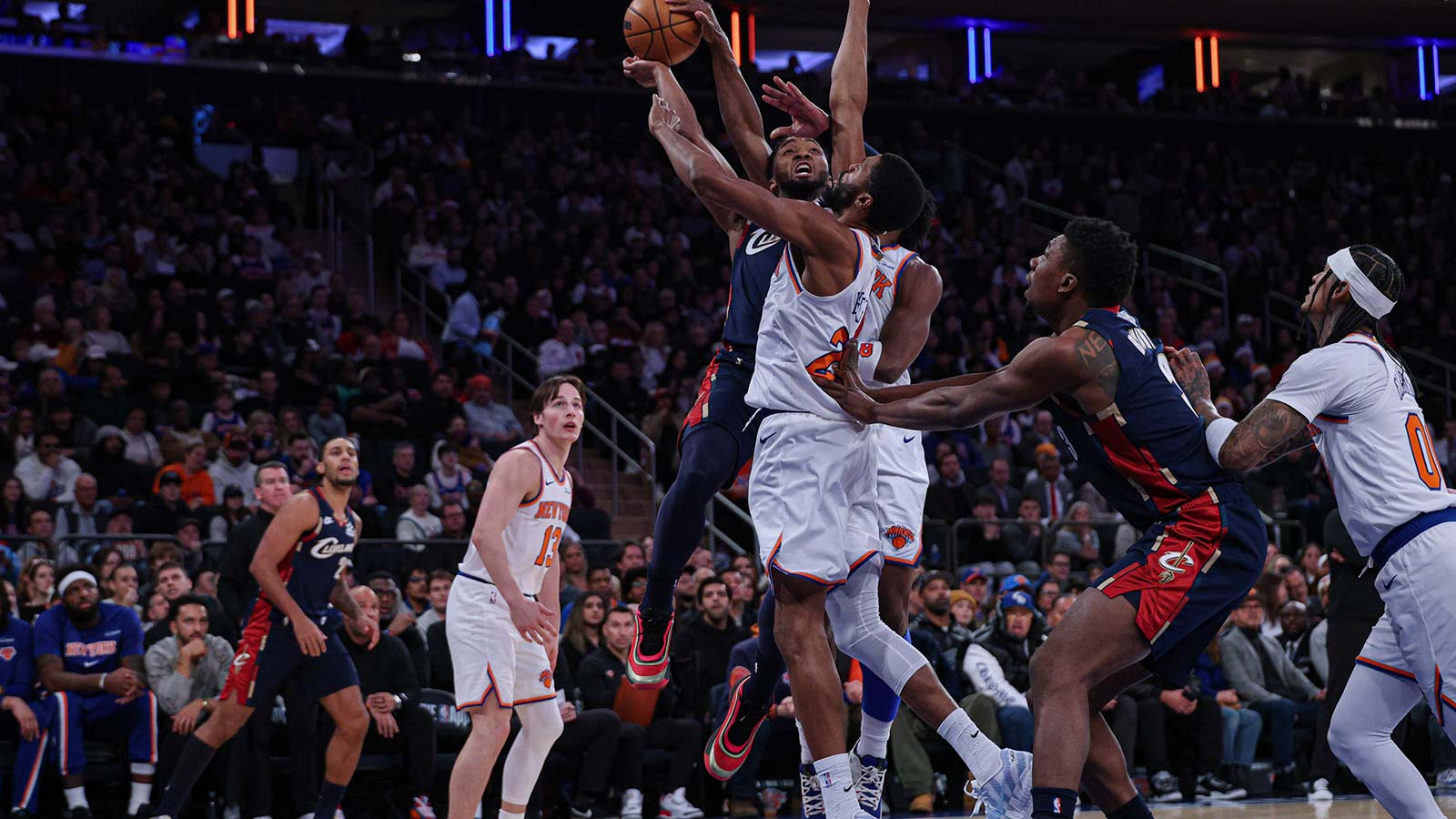The Cleveland Cavaliers enter the 2025-26 NBA season with arguably the most pressure of any team in the Eastern Conference. Despite finishing first in the East last season and boasting an All-Star-laden core, the Cavs once again fell short in the playoffs. And now, with their payroll ballooning beyond the second apron, the NBA's harshest luxury tax tier, there’s no room for error. Meanwhile, this offseason, Cleveland made a few calculated moves. They traded Isaac Okoro and a second-round pick to the Chicago Bulls for Lonzo Ball, signed veteran forward Larry Nance Jr. on a two-year minimum deal, and added Duke guard Tyrese Proctor via the NBA Draft.
Out went Okoro, a solid defender with improving offensive skills, and Ty Jerome, a reserve guard who had brief flashes but couldn’t stay healthy. All things considered, these were decent margin moves. But they weren’t enough. For a team dealing with the early-season absence of Darius Garland and trying to maximize Donovan Mitchell’s window, the Cavs needed one more piece: a knockdown shooter who could thrive without the ball, space the floor, and punish defenses collapsing on Mitchell, Evan Mobley, or Jarrett Allen.
That missing piece? Seth Curry.
1 move the Cavs should've made in the 2025 NBA Offseason
Shooting, especially in the playoffs, is the NBA’s most valuable role player currency. It’s what allows offensive stars to breathe when double-teamed, what keeps floor spacing viable in half-court sets, and what ultimately separates good playoff teams from great ones.
ESPN'S Kevin Pelton gave the Cavaliers a B for their offseason grade
"Ball was a low-cost pickup for Cleveland to help replace Ty Jerome..So too was bringing back Larry Nance Jr. as a third center. Despite the loss of Jerome, Cleveland looks like the favorite to win the East." pic.twitter.com/1Lz4RlAZFJ
— SleeperCavs (@SleeperCleCavs) July 29, 2025
Cleveland, despite having an elite backcourt in Mitchell and Garland, has often struggled in this department when it matters most. Max Strus was brought in two years back to help address this, and while he delivered in spurts, he was also streaky and inconsistent when it counted. Dean Wade can shoot, but he has durability issues.
Meanwhile, Lonzo Ball, who hasn’t played since 2022 and is returning from multiple knee surgeries, will need time to regain rhythm. And Tyrese Proctor, while promising, is still a rookie and far from a playoff contributor.
So why didn’t the Cavaliers sign Seth Curry, a proven floor-spacer with big-game experience, especially when he was available for cheap?
Seth Curry isn’t the type of player who moves headlines anymore. At 34, he's well past his prime, and his athleticism has declined. But what hasn’t faded is his elite perimeter shooting.
What makes Curry so valuable is not just his shot-making, but the way defenses have to guard him. His off-ball gravity, the attention he draws without needing the ball, opens up driving lanes and forces defenders to stay honest. For a team like Cleveland, which often gets bogged down in the half-court, especially when opponents trap Mitchell or Garland, that type of weapon is invaluable.
Imagine Curry stationed on the weak side corner, ready to fire off kick-outs from Mobley post-ups or Mitchell drives. Imagine him sprinting through off-ball screens set by Nance, warping defenses just enough for Garland to create a mismatch. These are subtle, small advantages that matter greatly in the playoffs.
Perhaps the most frustrating part of the Cavs’ decision to pass on Curry is that it would have cost them virtually nothing.
This was the kind of low-risk, high-reward veteran signing that championship contenders make.
Curry also brings playoff experience, having appeared in postseason runs with the Dallas Mavericks, Philadelphia 76ers, and Brooklyn Nets. He’s not afraid of the moment, and he doesn't need the ball to contribute. In Cleveland, where Garland and Mitchell dominate usage, that’s exactly the kind of complementary skillset needed.
The roster crunch and lack of optionality
Cleveland is out of wiggle room. As the only second-apron team in the league, yes, even above the Suns, Warriors, and Clippers, they are subject to a host of team-building restrictions:
-
No mid-level exception signings.
-
No aggregation in trades.
-
No sign-and-trades.
-
No buyout market additions during the season.
Essentially, the Cavs are locked into this roster for the 2025-26 season unless they trade a core piece, an unlikely option midseason.
That’s why this offseason mattered more than any other. Every minimum contract had to be used wisely. And while Larry Nance Jr. brings locker-room leadership and frontcourt depth, and Tyrese Proctor is a long-term project, neither offers what Curry could’ve added immediately: playoff shooting, spacing, and experience.
Assuming health, the Cavs will still be a top-tier regular-season team. Mitchell is in his prime, Mobley is ready to make another leap, and the Garland-Ball dynamic could be interesting once both are healthy.
But what happens in April and May when the pace slows and defenses start trapping? What happens when Mitchell faces a second-round team with multiple wing defenders and the floor shrinks? That’s where the value of shooters like Curry becomes magnified.
Last postseason, the Cavs fell apart offensively when Mitchell was blitzed. Curry wouldn’t solve everything; they still lack a true two-way wing, but he would have helped diversify their half-court offense and reduced the predictability of their sets.
In an NBA where shooting is king and playoff margins are razor-thin, the Cavaliers missed a golden opportunity to round out their roster with one of the league’s most efficient and experienced snipers. Seth Curry wasn’t a flashy move, but he was a necessary one.
For a franchise operating under the strictest cap constraints and trying to avoid another postseason letdown, the decision not to sign Curry might come back to haunt them.
And if the Cavs fall short again, especially without Garland early in the season, this minor omission could be the first domino in what might become a major roster shake-up next summer.

